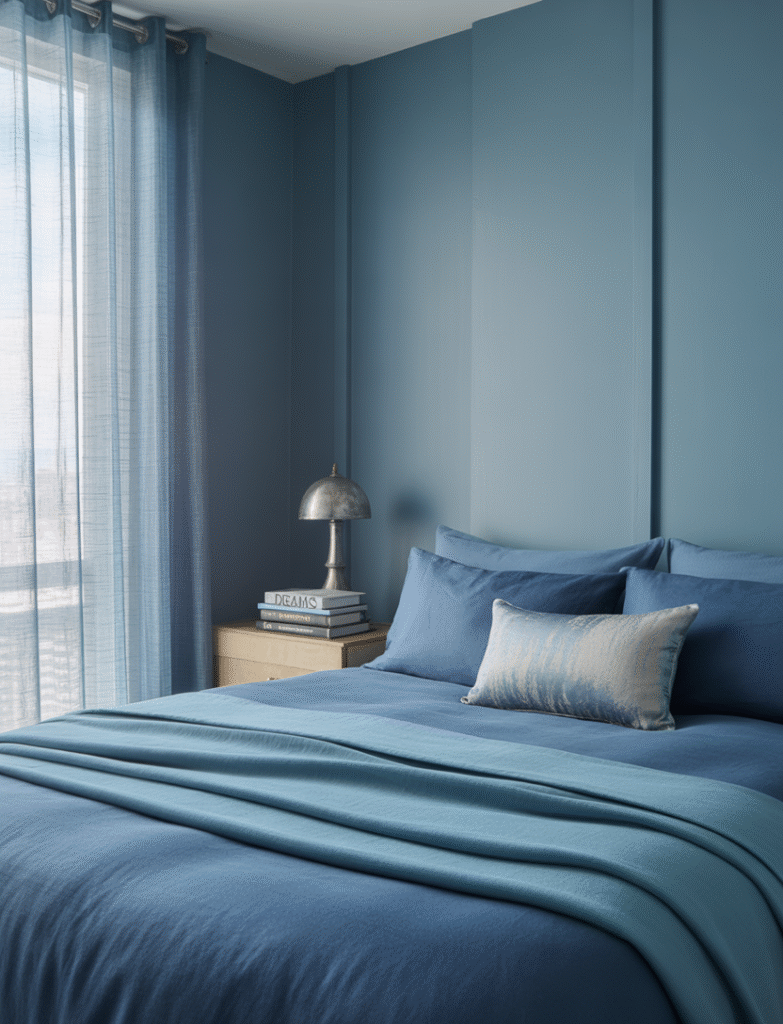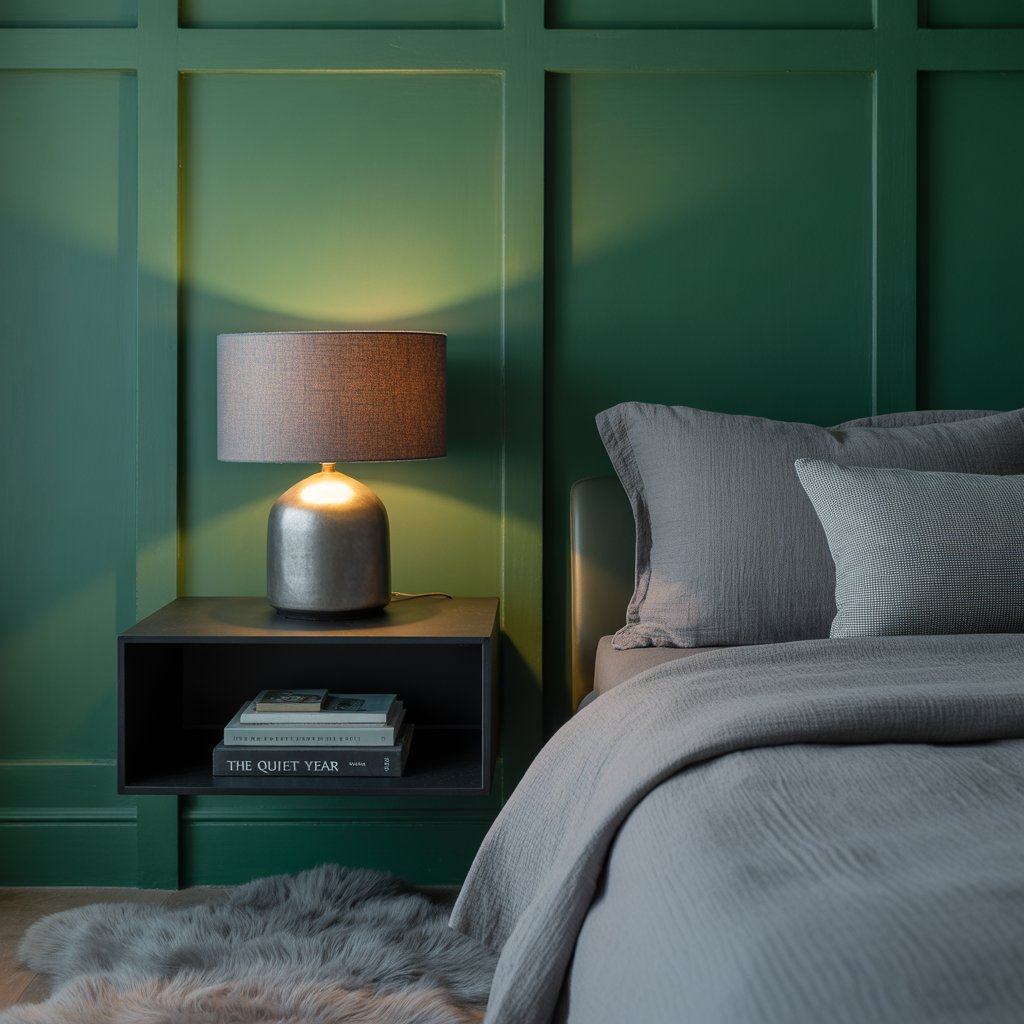French farmhouse tables have long been admired for their ability to combine rustic charm with everyday functionality. Rooted in centuries of tradition, these tables are not just pieces of furniture—they are gathering places that bring warmth, durability, and character to any home. With their solid wood construction, distressed finishes, and inviting silhouettes, French farmhouse tables embody a blend of practicality and elegance that feels just as relevant today as it did in the past.
Whether you live in a modern apartment, a suburban home, or a countryside cottage, these tables adapt seamlessly to their surroundings. They provide a centerpiece for family meals, cozy gatherings, or even quiet mornings with coffee. If you’re considering one for your home, let’s explore what makes French farmhouse tables so enduring and how you can find the perfect fit for your lifestyle.
Plank-Top Presence
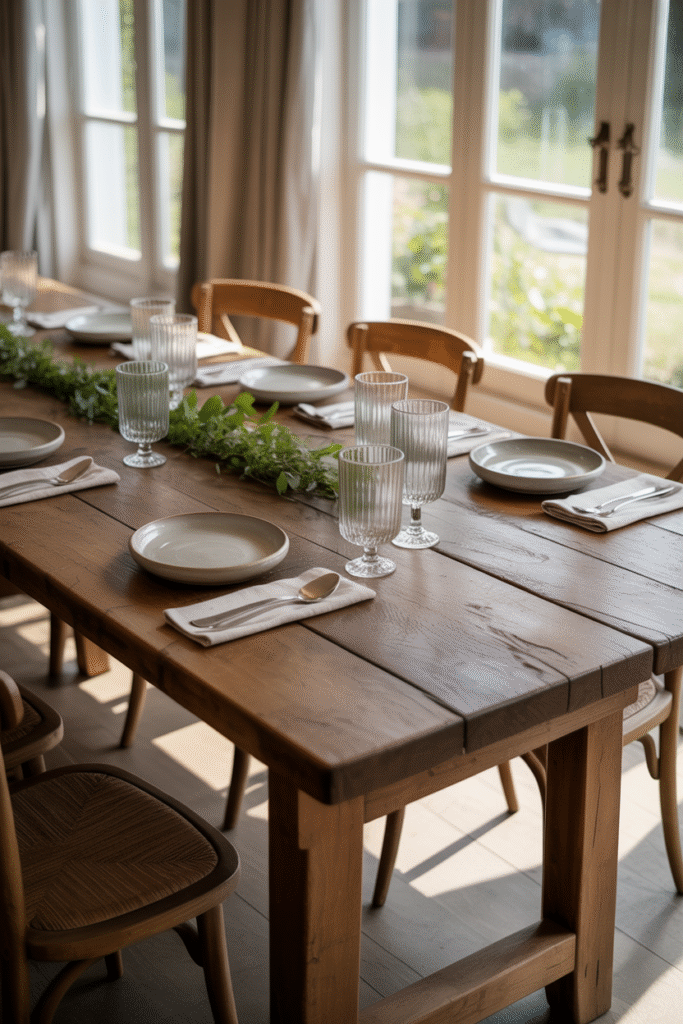
A thick plank top instantly signals authenticity. Wider boards read cozy and traditional; narrower boards feel slightly refined. Soft rounding on the edges keeps the surface approachable and comfortable for daily dining.
Pairing the tabletop with a low-sheen finish enhances the grain and lets imperfections tell their story without appearing too rustic.
Turned-Leg Classic
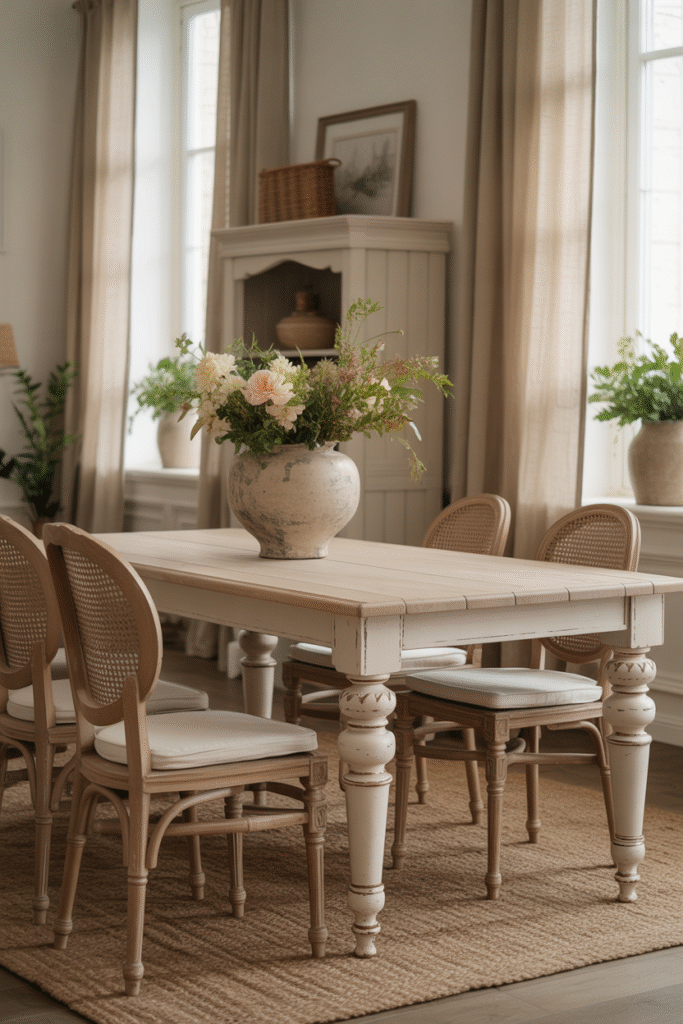
Turned legs bring gentle movement to an otherwise straightforward form. The detail breaks up mass and adds rhythm beneath the tabletop, especially in rooms with minimal ornamentation.
When the floor is quiet—stone, concrete, or matte wood—this leg profile becomes the primary decorative note, grounding the table without stealing attention.
Painted Base, Natural Top
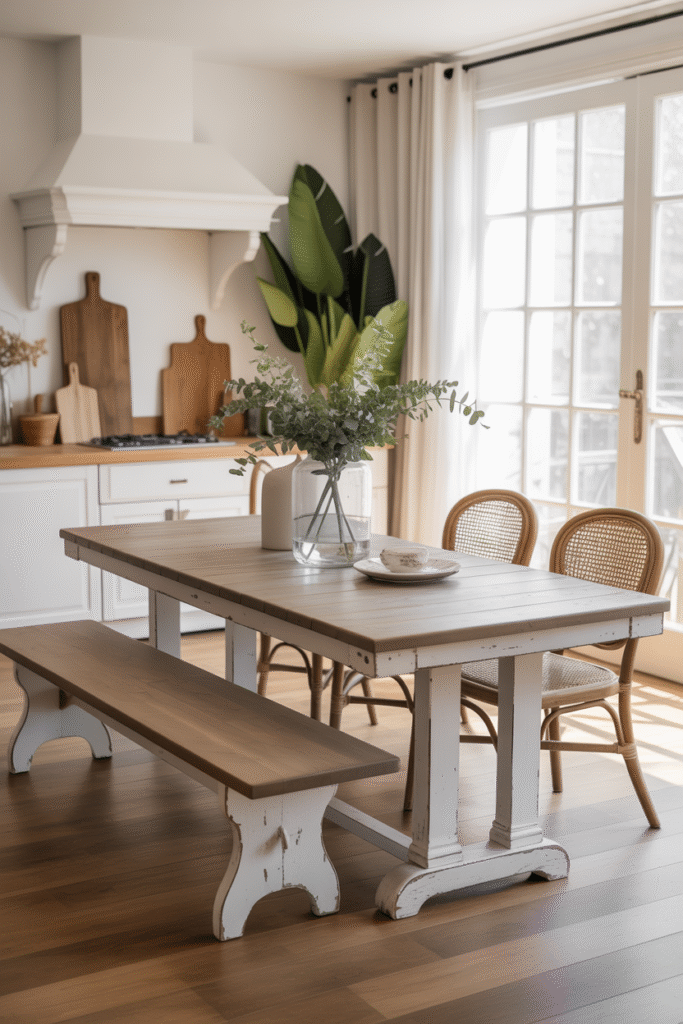
A painted base lightens the footprint while a natural top preserves warmth. Cream, muted putty, or dusted gray creates a soft countryside mood; a mellow oak or walnut top keeps the balance.
This two-tone approach suits homes that mix eras—cottage chairs, modern lighting, vintage rugs—because the table reads as both fresh and timeworn.
Bench-and-Chair Mix
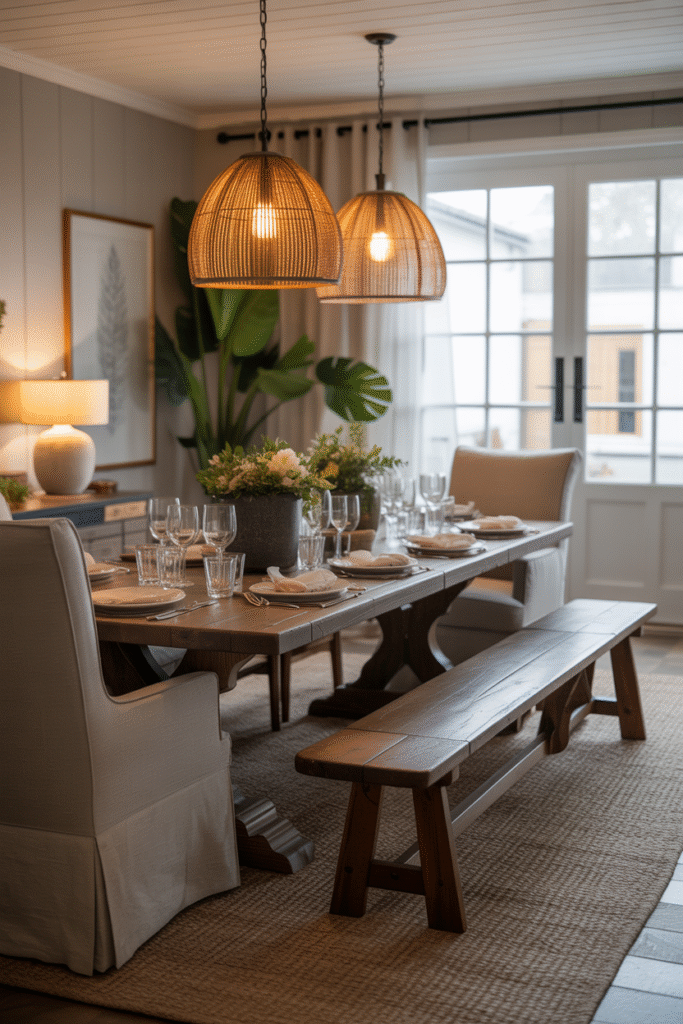
A bench on one long side opens sight lines and adds a communal feel; chairs on the other sides refine the setting.
- Upholstered seats soften hard surfaces
- Slat-back or cross-back chairs echo farmhouse lineage
- A single head chair with arms signals the “host” position without formality
Linen Layers
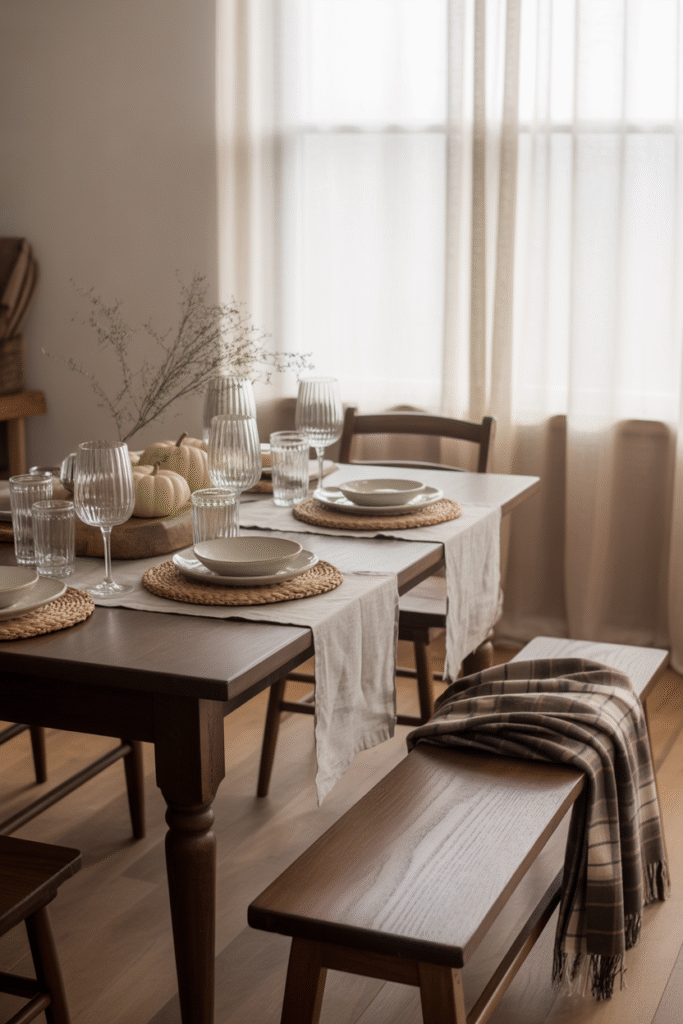
Textiles change the table’s attitude in seconds. A washed-linen runner underscores length; hemstitched placemats frame each place setting; a nubby throw over a bench adds texture.
Keeping textiles tone-on-tone with the top allows the table’s grain to remain the star while still feeling dressed.
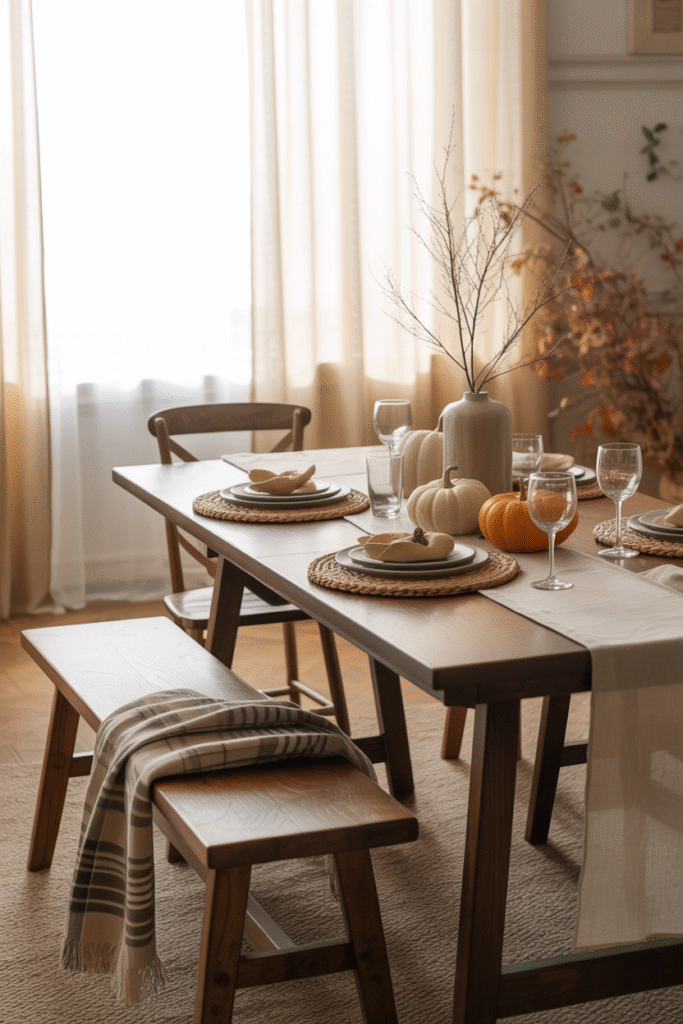
Centerpiece with Substance
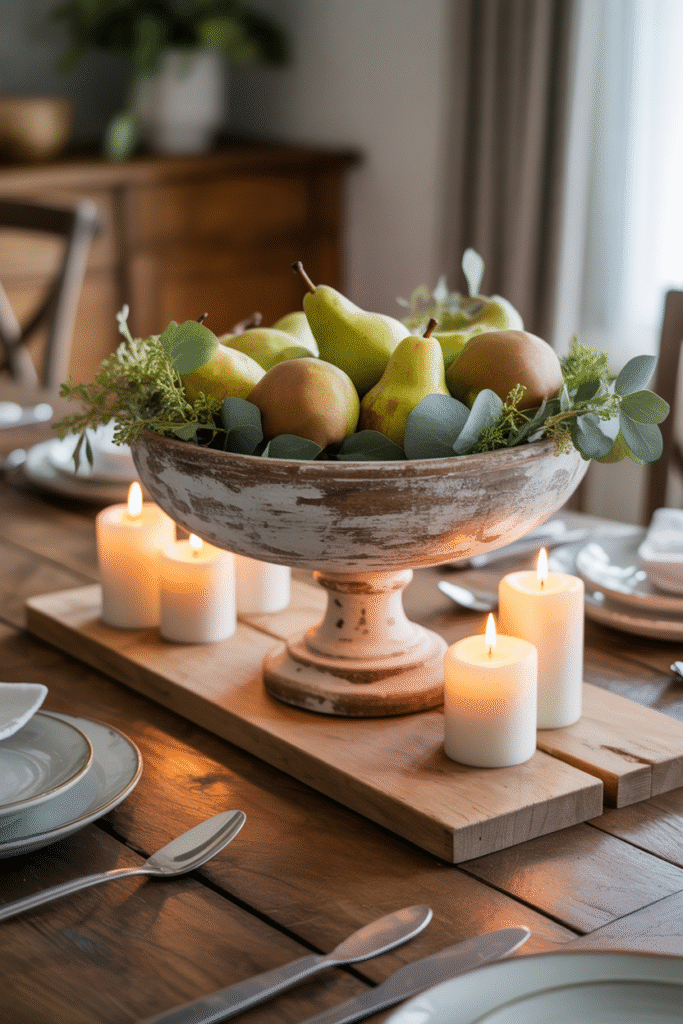
Farmhouse tables carry scale well—choose a centerpiece with presence rather than a scatter of small items. A low trough with seasonal stems, an antique bowl piled with fruit, or a line of pillar candles on a narrow board keeps the look grounded.
Vary height subtly so conversation stays clear across the surface.
Host-Ready Extensions
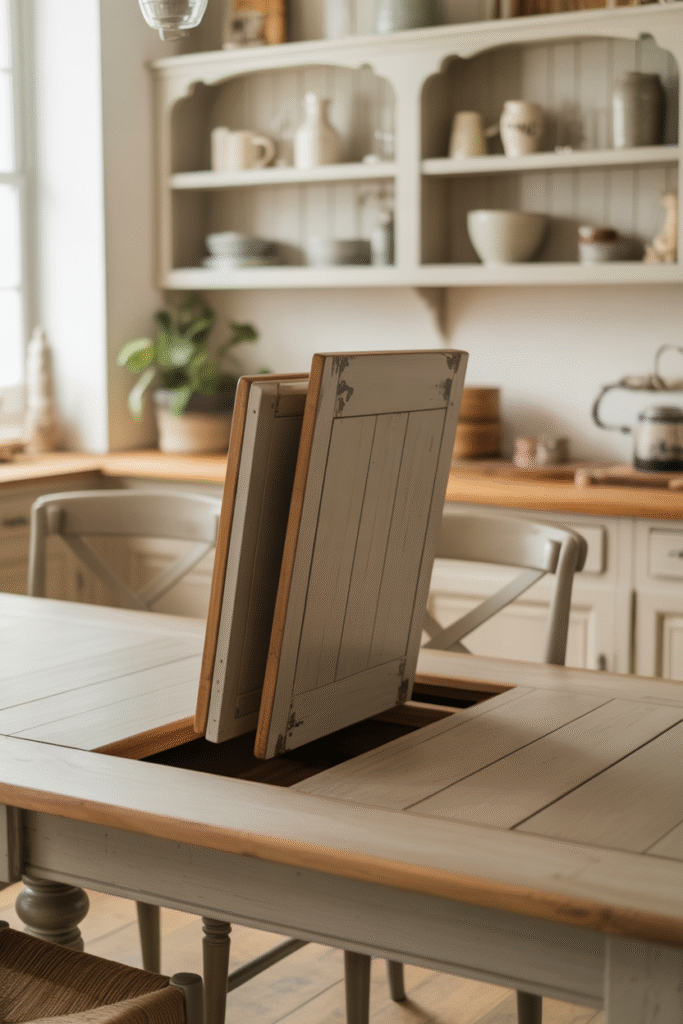
An extension mechanism preserves everyday proportions while expanding for gatherings. Breadboard ends or concealed leaves maintain the visual language of planks.
When closed, the table feels intimate; when open, it serves a crowd without resorting to a second surface.
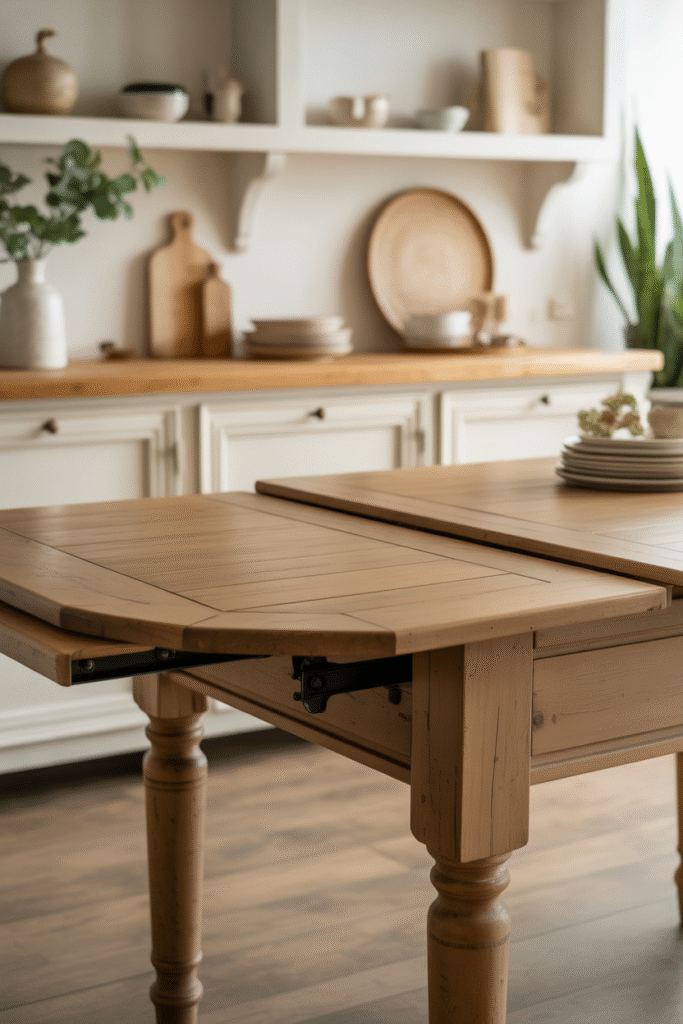
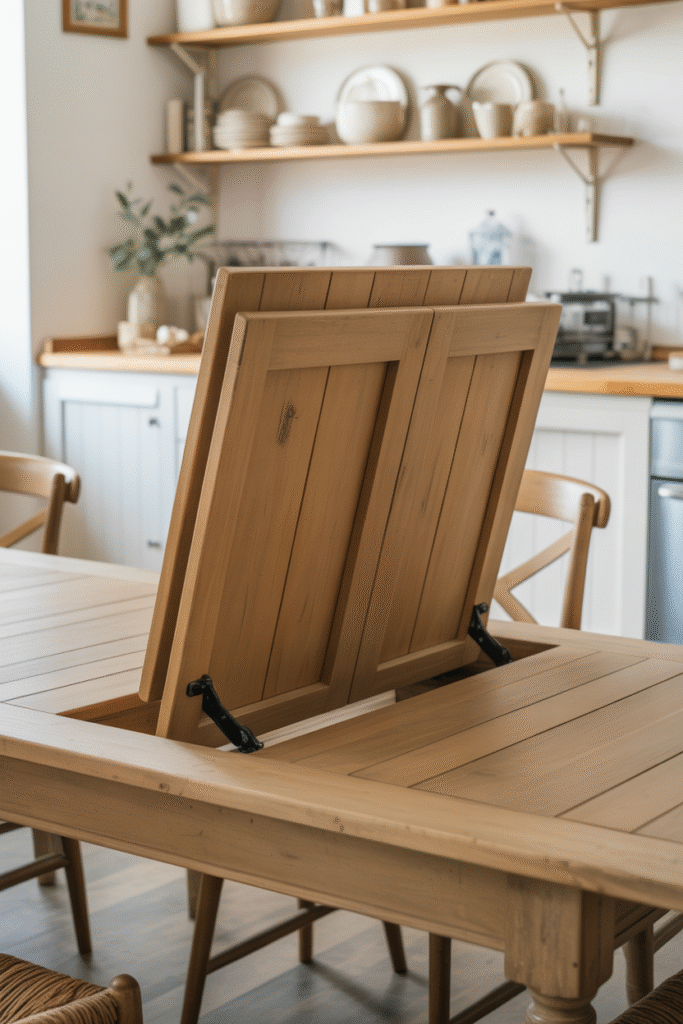
Bonus: Console Mode in a Wide Hall
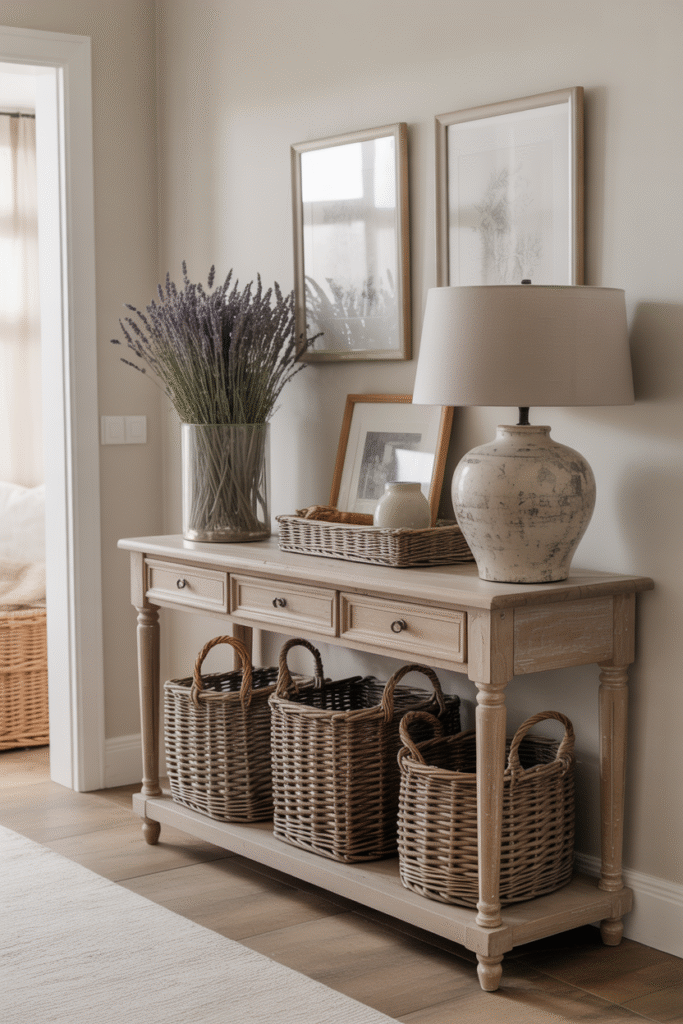
Against a wall, a slim farmhouse table works as a console—lamp, artwork, woven basket beneath. The scale adds architecture to circulation spaces and creates a natural landing zone for keys, branches, and books.
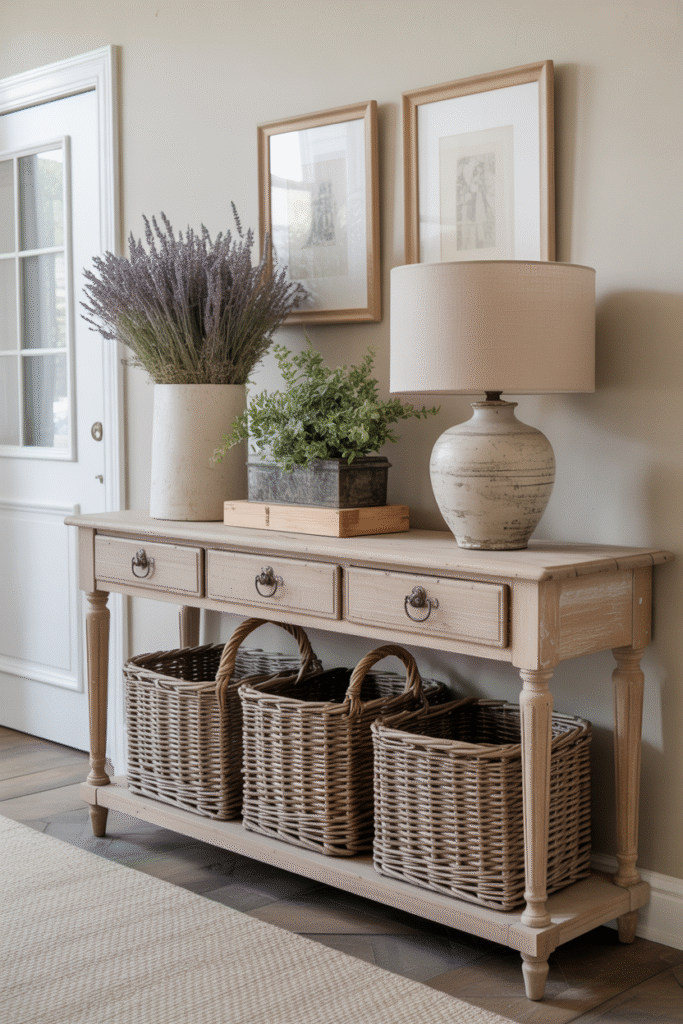
Where Else to Use a French Farmhouse Table at Home
- Breakfast Nook: A compact round version encourages conversation and softens tight corners.
- Creative Studio: Paint-splattered patina only adds charm; drawers or baskets beneath corral tools.
- Covered Patio: Under shelter, a sealed top handles alfresco dining and board games year-round.
Design Considerations
Complement or Contrast Wood Tones
If floors are dark, a mid-toned or painted base prevents the table from disappearing. Pale floors love a slightly deeper top for definition.
Scale & Seating Clearances
Allow comfortable walkways and legroom. Benches tuck fully under when space is tight; armless chairs add capacity without bulk.
Surface Sheen & Feel
Low-sheen finishes show grain and disguise minor wear. A hand-rubbed feel suits farmhouse character; high gloss fights the look.
Hardware & Joinery Cues
Peg details, breadboard ends, and visible aprons read authentic and timeless. Subtle metal brackets nod to utility without looking industrial.
Care & Longevity
Coasters, placemats, quick wipe-ups—simple routines keep patina pleasant rather than patchy. Periodic conditioning maintains depth in the wood.
Practical Questions Answered
How big should the table be for my room?
Leave comfortable circulation around all sides. As a rule of thumb, keep a clear walkway so chairs slide back without bumping walls or other furniture.
What seating mix suits a farmhouse table?
Benches maximize capacity on long sides; individual chairs offer back support and structure. Mixing both feels relaxed yet considered.
Can a farmhouse table work in a modern interior?
Yes—the honesty of materials bridges styles. Clean-lined lighting and minimalist chairs temper the rustic notes while preserving warmth.
How do I protect the finish without hiding the wood?
Choose low-profile placemats, cloth napkins, and a runner instead of full tablecloths. Condition occasionally and address spills promptly.
What makes a French farmhouse table different from a regular dining table?
A: Its rustic construction, distressed wood, and countryside-inspired silhouette give it timeless appeal that goes beyond simple function.
Can I mix farmhouse tables with modern chairs?
A: Absolutely—pairing rustic tables with sleek chairs creates balance and adds personality to the space.
Are farmhouse tables always rectangular?
A: No. Round, square, and oval variations are also popular, each offering a different atmosphere and fit for your space.
How do I maintain the natural wood finish?
A: Wipe with a soft cloth, avoid harsh cleaners, and use natural oils or wax to keep the wood nourished.
Final Tips: French Farmhouse Tables
The appeal of a French farmhouse table is its ease—generous scale, tactile materials, and silhouettes that welcome daily life. Let the grain show, keep textiles relaxed, and balance the table’s heft with open sight lines. Whether set for a slow breakfast or stretched for a celebration, this is the piece that makes a house feel gathered and lived in.
